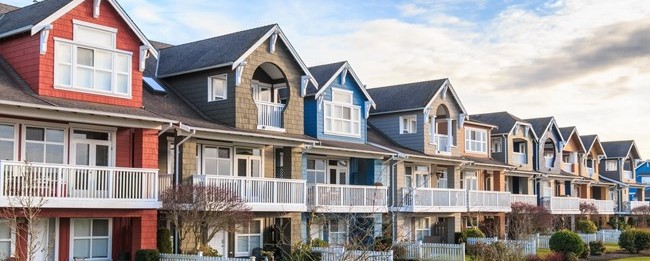
Everyone has probably heard the story of “Goldilocks and the Three Bears.” In short, the story is about a little girl named Goldilocks who stumbled upon a house in the woods. The three bears who lived in the home had decided to take a walk in the woods while their porridge was cooling. While they were gone, Goldilocks decided to enter their home, eat their porridge, break their chairs, and sleep in their beds!
Old nursery rhymes, like this one, are rather odd stories. They’re often dark in nature, have to do with death or other gruesome things, and they’re not at all suited for children. As time has passed, stories have been adapted to still teach the same lessons, but with a little bit more light.
The moral of Goldilocks story was originally to teach children about the dangers of wandering off into unknown places. In the modern version, it teaches children how to find what is “just right”. It should probably be addressed that Goldilocks broke into a home, took things that weren’t hers, and couldn’t keep her hands off other people’s possessions; but regardless, the “just right” lesson is a lesson that needs to be learned not only by children, but also by adults.

In 1983, the average size of a home was around 1,725 square feet. That was space enough to accommodate the necessities of life. A couple bedrooms, a bathroom or two, a kitchen, and a living room. What more do people really need? In just 30 years, the average size home jumped to around 2,598 square feet. That’s nearly twice as big!
What’s crazy is that the homes have gotten even bigger today. Mega homes being built in 2013 accounted for 9% of total homes. Mega homes are houses that have more than 4,000 square feet. Once again, much larger than the average home a family needs to live comfortably. About 22% of the market in 2013 was homes only slightly smaller than the mega home, at anywhere between 3,000 and 4,000 square feet.
It seems that people are confused about “just right” when it comes to homes. Not only are smaller homes being built less – the average family can’t even afford the homes being built.

Maybe you’re like the rest of the population and love your space – that’s fair. However, unless you’re part of the population that has the luxury to live in excess, you can’t have that mentality. Did you know that 76% of Americans live paycheck to paycheck? If you’re part of that statistic, why would you spend more money on your home than necessary?
According to the Bureau of Labor Statistics, the average American spends $17,148 a year on housing. If the average American household makes less than $64,000 a year, this means they’re spending about 37% of their budget on their house. That’s a large chunk of money to appropriate toward a place that you might barely have enough time to sleep in.
When considering how much space you really need in a home, think about how often you’re actually home. If you buy a smaller house, it could mean the difference of thousands of dollars a year.

Often, people are guilty of buying big because they want to have room to grow. This is a decent enough excuse to buy more space than you really need, but it doesn’t mean you should do it. You might want to give yourself leeway in case you decide to have four more children, but you also should think about the fact that four children are not going to arrive overnight.
Sure, moving is quite a hassle, but is it such a hassle that you would rather pay copious amounts of money for a large house that you’re not using? Consider buying the minimum of what you need for what you have right now. As a newlywed couple, you probably don’t need to buy big when you’re not going to have kids for several years.
It’s going to be better for you to only pay what you have to and put the remainder of that money towards something else that will be useful in the future – like college accounts or a bigger home once your family does grow.
In the end it’s all about convenience. People like having that large backyard because they want their children to be able to play outside without having to go to the park. People love having a large kitchen because it speaks of being well-off. People really like the convenience of not having to share a bathroom with anyone else. However, is all that excess really necessary?
It’s indicative of the American dream, which is actually changing every day. In the suburbs, people have the option of space and excess. In the city, people without resources don’t have that luxury. It’s natural to love the idea of a home where you don’t feel like the walls are caving in on you. You do, however, need to think about the rest of the world who lives in extremely tight quarters and they manage just fine.
Ultimately, this is about you determining your “just right”. You should be able to live a good life, but only in the ways that aren’t going to make life harder for you in the end. When you have a home that is way too big for you, you’re putting your money down a hole.
Finding your “just right” can be very overwhelming. The options will always vary depending on where you live, and sometimes you might have to compromise to even find something that works. If you’re in a place now that isn’t “just right” for you, let our team help you find the perfect home in a world of “too much” and “too little.” “Just right” is closer than you think with Green Residential.
